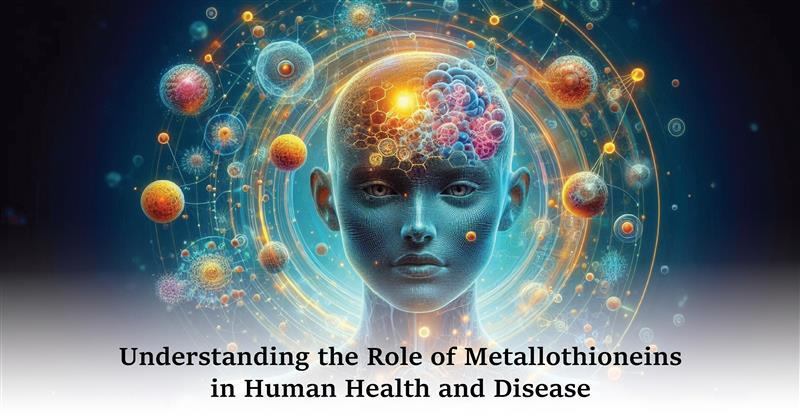Introduction
Metallocene ins (MTs) are low-molecular-weight proteins with a high proportion of cysteine residues involved in metal ion homeostasis, particularly zinc and copper, and the detoxification of toxic metals such as cadmium and mercury. Originally discovered more than sixty years ago, MT has been described for its capacity to sequester and manage metal ions by interaction with thiol groups in cysteine residues. So, the specific functions and diseases related to these five biochemicals are still the focus of debate. Here, the different aspects revolving around the versatility of MTs in metal transportation and the oxidative stress associated with diseases have been discussed.
The Biochemistry of Metallothioneins
MTs have a rich content of stray cysteine residues, which provide high-occurring constants for metal-ion interactions. They exist in various isoforms due to their differences in the ability to bind with metals and their localization in tissues. MTs chelate metal ions in metal-thiolate clusters; the physiological metals incorporated consist of zinc and copper, while the toxic metals include cadmium and mercury. Its biochemical characteristics are related to the structure-stability-function concept, and different MT versions can be quantified by the amount and type of the referred metal ions. This modulated structure enables MTs to change their mode of interaction and communication with other proteins and ligands necessary for their biological activities.
Role in Metal Homeostasis
In MTs, certain metal ions that are in excess in the cell are bound, while others are released to meet the requirements of enzymatic and other cellular processes. They operate as kinetic buffers that are active in maintaining proper metal ion concentrations, which are crucial in so many functions and yet so lethal if too high. Specifically, MTs are involved in the control of levels of zinc and copper, which are important for cell metabolism, enzymes, the stabilization of proteins, gene transcription, and translation. Rather, MTs sequester these metals, making them available in adequate concentrations when required, thus avoiding the unsettlement of the balance that can be brought about by the inhibition of enzymes or the creation of oxidative stress.
Metallothioneins and Oxidative Stress
MTs have antioxidant activity as they counteract the actions of free radicals and ROS and act to suppress the oxidation of cell structures, lipids, proteins, and DNA. Sequential redox cycling, which involves the conversion of MTs from the reduced to the oxidized state and vice versa, is possible due to the presence of cysteine thiol groups, and this increases the antioxidant capability of MTs. MTs are synthesized under stress conditions like metal and inflammation and oxidative stress/agents like metal-responsive transcription factor-1 and nuclear factor erythroid 2-derived factor. This induction enhances the MT’s capacity to remove toxic metals and ROS, leading to the prevention of oxidative damage.
